MONTGOMERY B. L.: (1887-1976) British Field Marshal of World War II. An important Top Secret World War II date D.S., B. L. Montgomery, thirteen pages, folio, Holland, 21st February 1945. The mimeographed typed document is copy number 27 (M558) of Montgomery's 21 Army Group Memorandum on British Armour: No. 2, the introduction stating, in part, 'Since the issue of the first memorandum on 6 July 1944 (M506) we have gained much practical experience in the employment of armour in battle and in tank operations generally, both in the mobile battle and in close fighting with infantry. The battle of the FALAISE pocket, and the operations….up to the SEINE and on to Belgium and Holland, involved the employment of tanks in almost every variety of operation with infantry; the pursuit saw armoured formations advance 450 miles in nine days. When armoured formations and units arrived on the Dutch frontier, dykes, canals and artificial flooding tested the mechanical efficiency of the various types of tanks to the utmost…..Reviewing this experience as a whole it is true to say that the memorandum of July 1944 needs little amendment. A few modifications are necessary; some points need further emphasis; certain new points should be considered……British armour has come through the campaign in western Europe with flying colours, and has proved itself superior in battle to German armour. If Rundstedt had been equipped with British armour when he attacked in the Ardennes on 16 December, 1944, he would have reached the MEUSE in 36 hours: which would have placed the Allies in a very awkward situation. If 21 Army Group had been equipped with German armour it could not have crossed the Seine on 28 August 1944 and reached Brussels on 3 September and Antwerp on 4 September, thus cutting off the whole Pas de Calais area in eight days: a very remarkable achievement which had far reaching results. The credit for all this must go to the War Office; the British armies were in June 1944 splendidly equipped for the job that had to be done', the document continues to provide Montgomery's views on the general points regarding the use of tanks ('Tanks designed for special purposes should be avoided'), as well as specific comments regarding the Capital Tank ('Great speed is not required in the capital tank; reliability, and sustained moderate speed, are the essentials: say 100 miles in 6 or 7 hours'), the Gun ('….I consider that the 17 pr is not an entirely suitable gun for the primary weapon of the capital tank. When an enemy tank is engaged it must be hit hard at long ranges; the 17 pr is insufficiently accurate at the longer distances'), other Armament, the Armour ('There are two ways of avoiding destruction by gun fire; one, direct protection, i.e. armour; the other, concealment or evasion. The gun can always be made which will defeat any armour, but the gun has to be shot by man and human error comes in; not every cartridge hits a partridge'), Camouflage ('Some form of plaster like the German ''ZIMMERIT'' should be produced and incorporated in the manufacture of all future tanks'), Optical Instruments, Co-operation with other Arms ('While good British armour is essential for success, I cannot emphasise too strongly that victory in battle depends not on armoured action alone: but on the intimate co-operation of all arms, and on effective co-operation between armoured and air forces. The tank by itself can achieve little') and Specialised Forms of Armour. The document continues with two Appendices, the first regarding various different types of tanks including Mine Sweeping tanks ('Crabs….have proved the most adaptable and generally efficient form of mine sweeper: and their fire power has frequently proved invaluable'), Flame Throwing tanks ('Crocodiles have a demoralising as well as lethal effect on the enemy, and are being used with great success against enemy concealed in houses, edges of woods and slit trenches'), Amphibious tanks, Armoured Cross-country Infan
MONTGOMERY B. L.: (1887-1976) British Field Marshal of World War II. An important Top Secret World War II date D.S., B. L. Montgomery, thirteen pages, folio, Holland, 21st February 1945. The mimeographed typed document is copy number 27 (M558) of Montgomery's 21 Army Group Memorandum on British Armour: No. 2, the introduction stating, in part, 'Since the issue of the first memorandum on 6 July 1944 (M506) we have gained much practical experience in the employment of armour in battle and in tank operations generally, both in the mobile battle and in close fighting with infantry. The battle of the FALAISE pocket, and the operations….up to the SEINE and on to Belgium and Holland, involved the employment of tanks in almost every variety of operation with infantry; the pursuit saw armoured formations advance 450 miles in nine days. When armoured formations and units arrived on the Dutch frontier, dykes, canals and artificial flooding tested the mechanical efficiency of the various types of tanks to the utmost…..Reviewing this experience as a whole it is true to say that the memorandum of July 1944 needs little amendment. A few modifications are necessary; some points need further emphasis; certain new points should be considered……British armour has come through the campaign in western Europe with flying colours, and has proved itself superior in battle to German armour. If Rundstedt had been equipped with British armour when he attacked in the Ardennes on 16 December, 1944, he would have reached the MEUSE in 36 hours: which would have placed the Allies in a very awkward situation. If 21 Army Group had been equipped with German armour it could not have crossed the Seine on 28 August 1944 and reached Brussels on 3 September and Antwerp on 4 September, thus cutting off the whole Pas de Calais area in eight days: a very remarkable achievement which had far reaching results. The credit for all this must go to the War Office; the British armies were in June 1944 splendidly equipped for the job that had to be done', the document continues to provide Montgomery's views on the general points regarding the use of tanks ('Tanks designed for special purposes should be avoided'), as well as specific comments regarding the Capital Tank ('Great speed is not required in the capital tank; reliability, and sustained moderate speed, are the essentials: say 100 miles in 6 or 7 hours'), the Gun ('….I consider that the 17 pr is not an entirely suitable gun for the primary weapon of the capital tank. When an enemy tank is engaged it must be hit hard at long ranges; the 17 pr is insufficiently accurate at the longer distances'), other Armament, the Armour ('There are two ways of avoiding destruction by gun fire; one, direct protection, i.e. armour; the other, concealment or evasion. The gun can always be made which will defeat any armour, but the gun has to be shot by man and human error comes in; not every cartridge hits a partridge'), Camouflage ('Some form of plaster like the German ''ZIMMERIT'' should be produced and incorporated in the manufacture of all future tanks'), Optical Instruments, Co-operation with other Arms ('While good British armour is essential for success, I cannot emphasise too strongly that victory in battle depends not on armoured action alone: but on the intimate co-operation of all arms, and on effective co-operation between armoured and air forces. The tank by itself can achieve little') and Specialised Forms of Armour. The document continues with two Appendices, the first regarding various different types of tanks including Mine Sweeping tanks ('Crabs….have proved the most adaptable and generally efficient form of mine sweeper: and their fire power has frequently proved invaluable'), Flame Throwing tanks ('Crocodiles have a demoralising as well as lethal effect on the enemy, and are being used with great success against enemy concealed in houses, edges of woods and slit trenches'), Amphibious tanks, Armoured Cross-country Infan
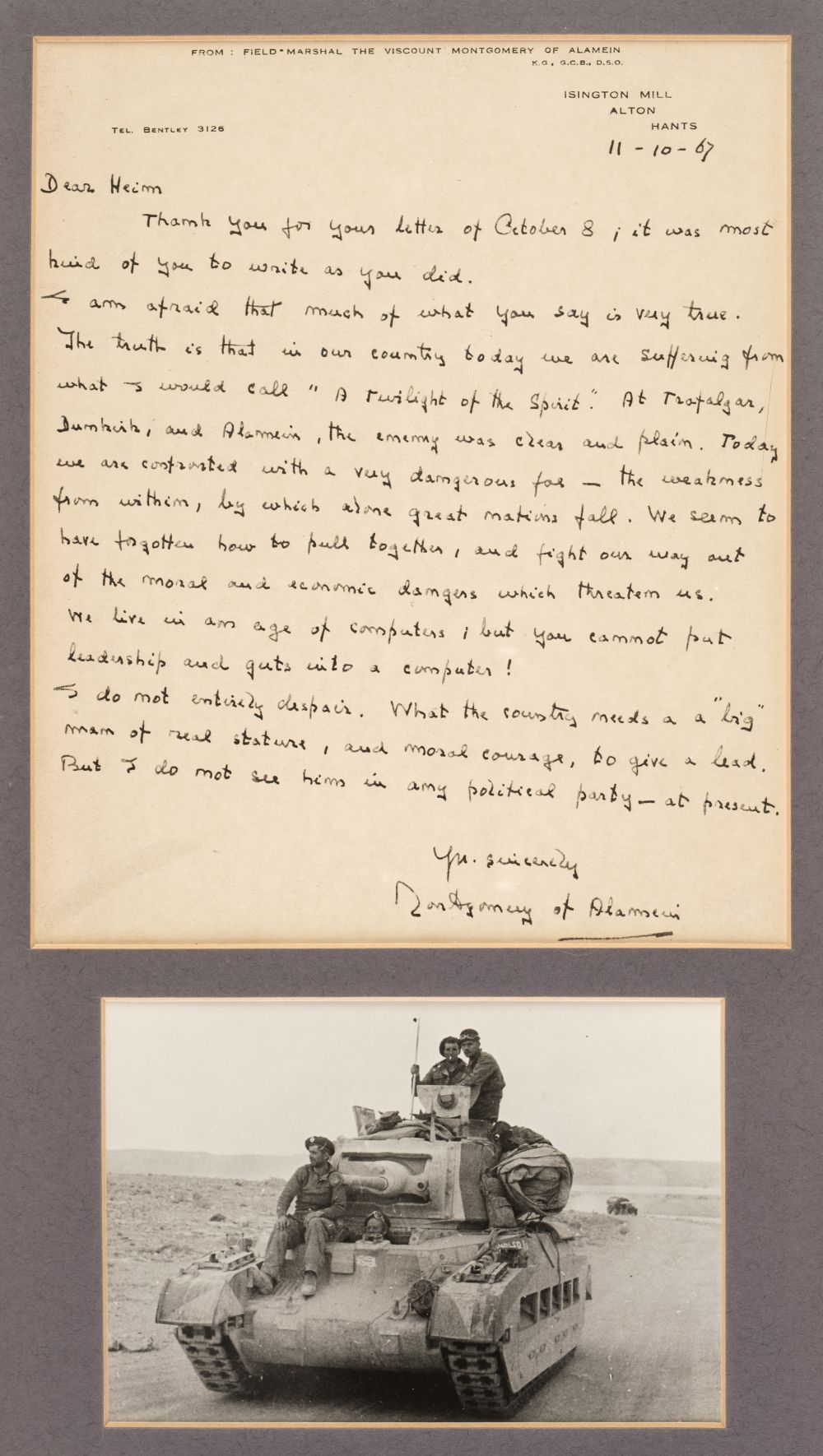

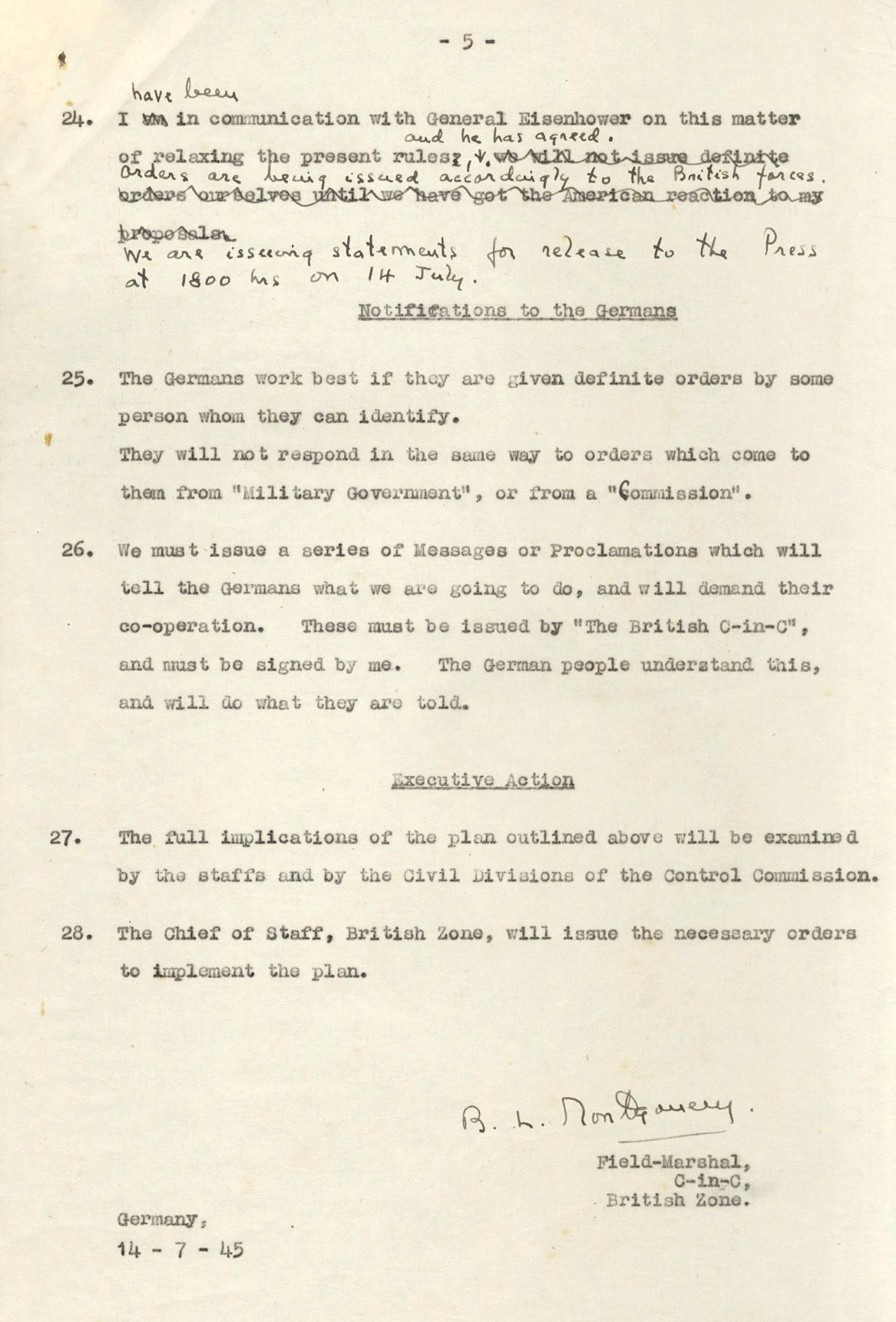

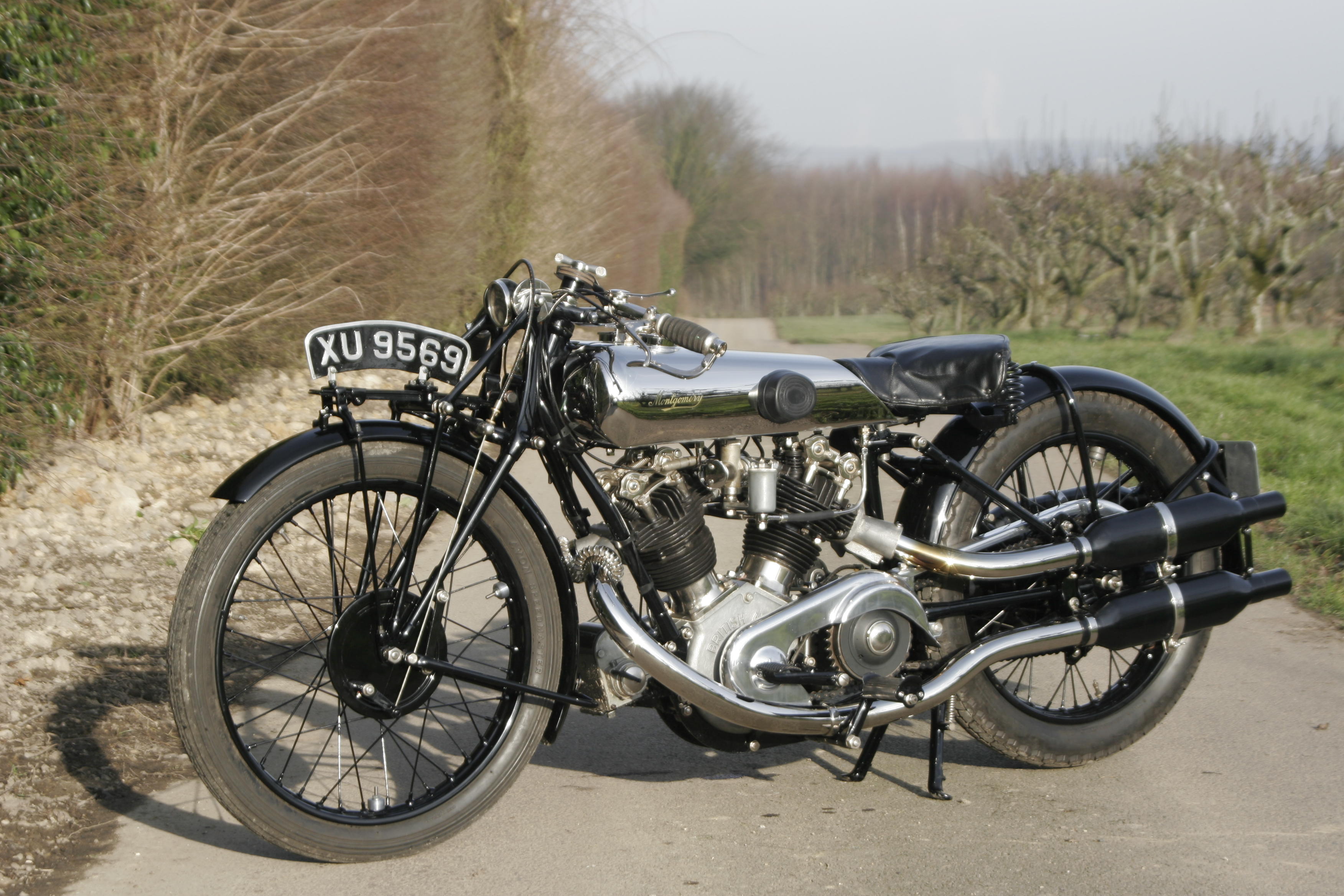




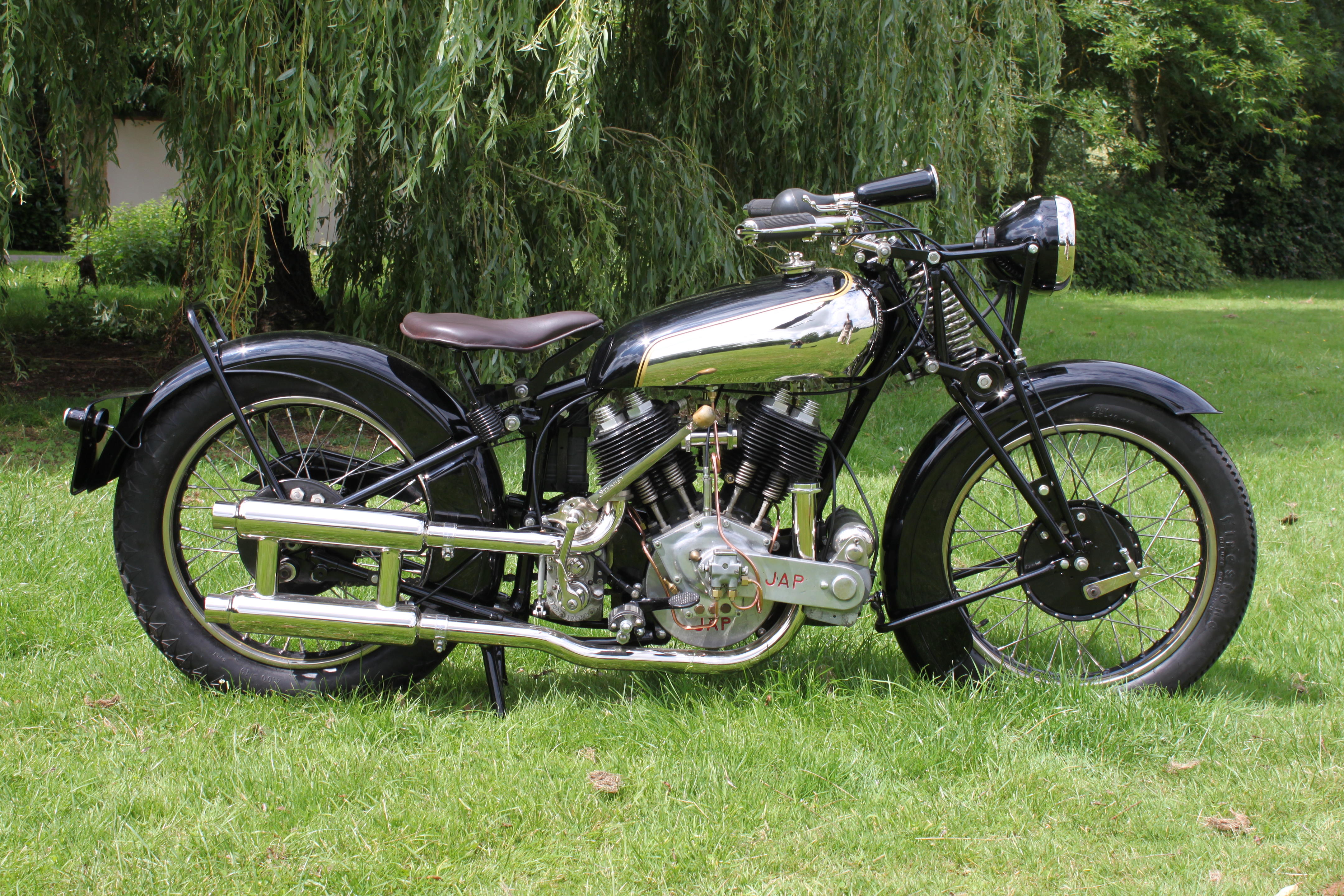


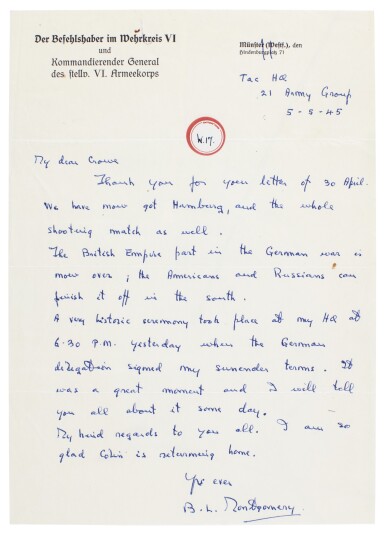


Testen Sie LotSearch und seine Premium-Features 7 Tage - ohne Kosten!
Lassen Sie sich automatisch über neue Objekte in kommenden Auktionen benachrichtigen.
Suchauftrag anlegen